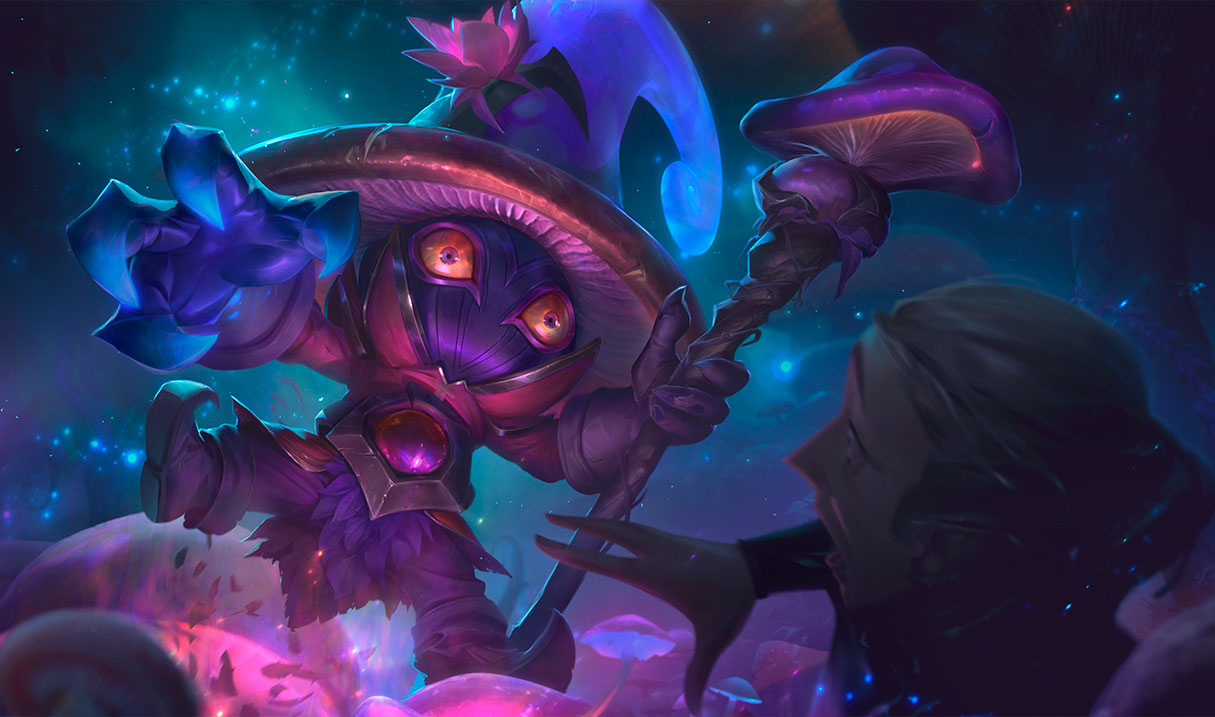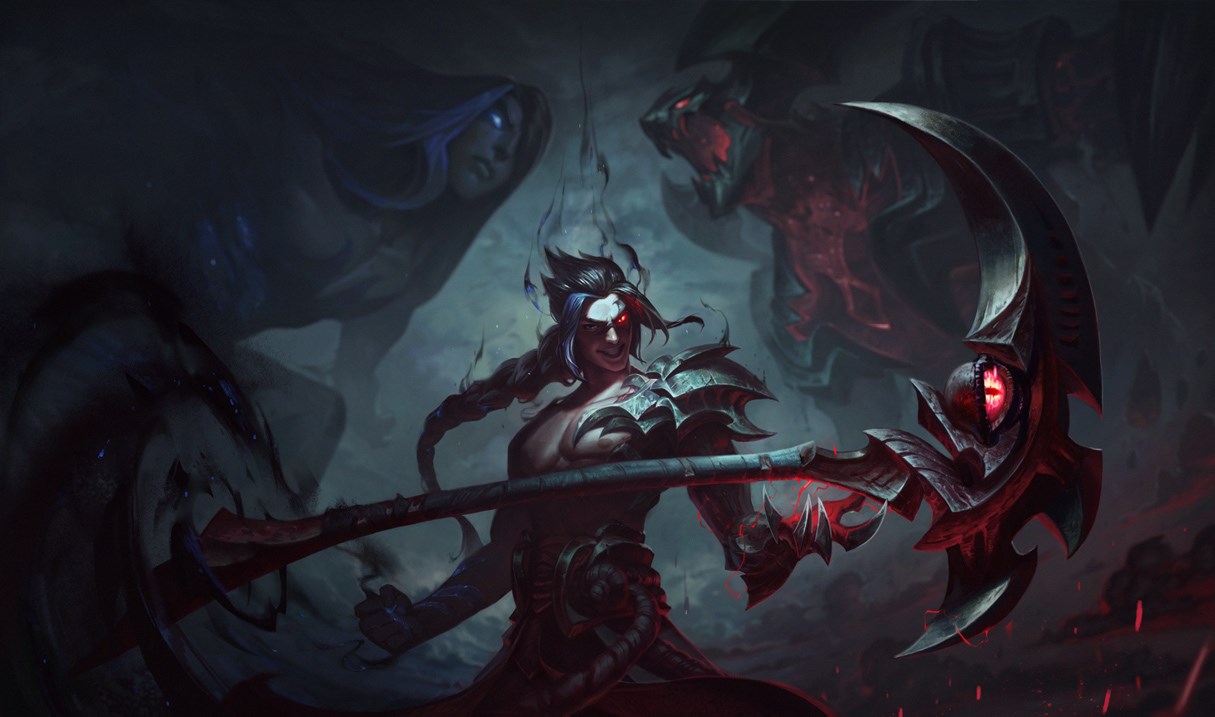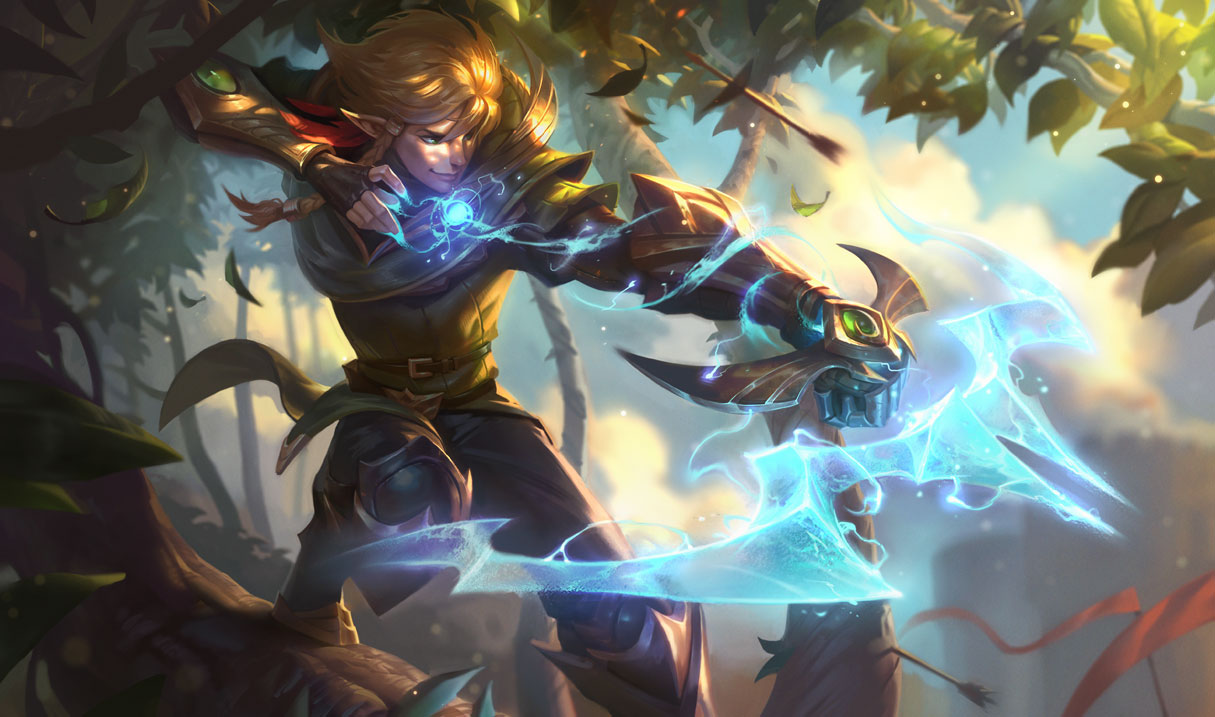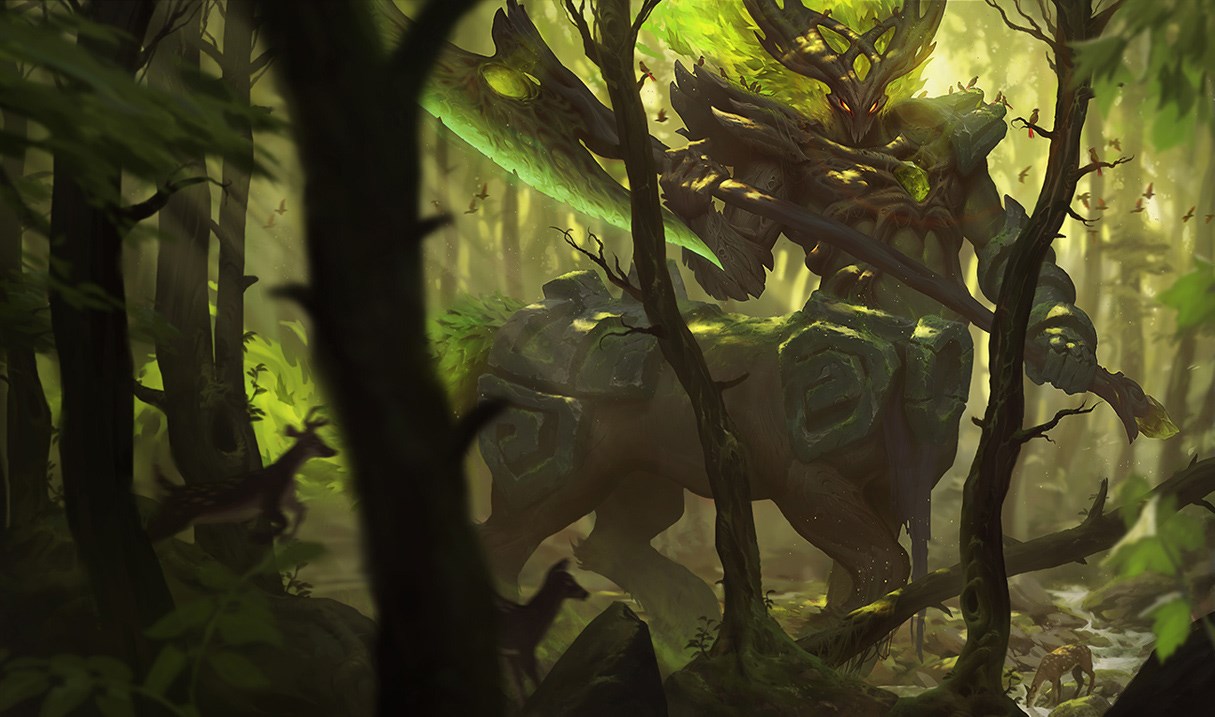TFT Set 4: Fates Retrospective
With Set 4 winding down and 4.5 on the horizon, I wanted to go through and give some of my thoughts about how the Set felt as a whole. For the most part, every set has been an improvement upon the last set, but I wanted to share my favorite and least favorite aspects of Set 4.
The Age of Discovery
Whenever a new Set is released, people are the most excited to try out new things. Even if you’re not a theorycrafter, trying a new build is fun because you haven’t experienced it before.
The Chosen mechanic unique to Set 4 was able to capitalize on this experience and make the game feel fresh for a long time.
In previous sets, players would solve the meta very quickly, and new comps would arise due to balance changes rather than experimentation.
With the Chosen mechanic, there seemed to be much more room for innovation and experimentation. This lets the feeling of freshness last for much longer as players could still find new strategies over time.
Some players have complained that the Chosen mechanic is unbalanced. If you can’t find a good Chosen throughout your game, it can feel difficult to get things rolling.
However, the Chosen mechanic also created so many possibilities within the 8 unit team comp. Even if players figure out what Chosens are good over time, the fact remains that if we had a different mechanic like in Set 2 or 3, players would figure out the meta much faster.
Item Balancing

Balancing items is a very difficult task, and I think that Set 4 achieved more good than bad when it comes to items.
In previous sets, more items felt useless compared to now. In particular, it feels like more utility and supporting items are viable than before.
This includes things like Zz’Rot, Chalice of Power, or Zeke’s Herald. These items in particular I think are healthy parts of the meta that allow people to slam more items early.
In Set 3, it felt like your items always just went into 3 stacking your carry and then the next carry.
While this is still somewhat true, there is definitely more decision-making than before.
Even still, there were still some problems with items like Jeweled Gauntlet stacking or Quicksilver being too strong, but overall, I think that the items have taken a direction in the right step in Set 4.
Champion Balancing

In general, I feel like the champion balance in Set 4 was more consistent than in previous sets.
In the past, we’ve sometimes seen patches where a comp that is getting played more and more gets buffed, leading it to be somewhat overpowered.
This was especially common when a comp began seeing more play toward the end of the patch. In Set 4, this seemed to be fixed and I can’t recall a time where something like this happened.
For the most part, the champion balance in Set 4 was much more consistent than before. I’m not saying that some champions weren’t overpowered, but that the reactions in patches all made sense, for the most part.
Furthermore, it seems like Riot were much more open to doing B-patches this Set. In previous sets, comps seemed to be left untouched more often to see how it played out.
Sometimes, the community was simply overreacting to a strong comp. Other times, it felt like they weren’t nipping it in the bud when they could.
This time around, they seemed much quicker to nerf comps with B-patches, which I think is a good thing.
System Changes

Unfortunately, this is where I go into what I disliked about this Set. There are more things that I enjoyed about the Set, but the three things above I think are the main highlights.
To start things off, my biggest dislike about this Set is without a doubt the amount of system changes that were implemented. This includes things like rolling odds, player damage, or champion pool.
If you go back to the end of Set 3, Riot said in a developer post that,
“The next set will have 58 champions for the entirety of the set, and the core systems shouldn’t change after the initial set launch. This means if we add any champions to a set, we’ll remove others to keep that number at 58. This ensures that all the core systems in the game (like reroll chances, player damage, et cetera) can be kept stable.” 
A Necessary Evil

To give some credit, they were true to their promise about keeping the champion pool consistent. However, this set saw a good amount of other system changes.
I don’t particularly like systematic changes as even though they may be necessary, they change a lot about how the game is played on a fundamental level.
For example, they reduced the odds of 4-costs at level 8 since they were seeing too many 3-star 4 cost units in the beginning. They also added a huge change to the shop that increased the odds you found champions naturally.
Riot eventually reverted the shop change, but the change of rolling probabilities made everyone roll at level 7 to high roll 4 cost chosen units. They fixed this by nerfing the odds once again at level 7 and by also increasing the player damage in the early game.
Overall, these changes may have been the best thing to do, but as a player, I’m still not a fan of these changes. It was quite fun in games to see whether an Ashe 3 or a Riven 3 would win the game.
This may not be healthy in the long term, but I knew their promise of not doing system changes was too good to be true.
Going Forward

I’m not sure whether system changes will ever be in a healthy spot. TFT is constantly innovating new and interesting mechanics, and the system changes are necessary to combat any innovation that becomes too strong.
Because of this, I don’t ever expect a TFT set to not have any system changes.
One could argue that balancing could be done through different methods like champion balance, but I trust that the developers are doing these changes as a necessary step to a healthier game state.
Bag of Mixed Feelings

Overall, it feels like Set 4 gave a lot more improvements than disappointments. The number of systematic changes were my only real gripe with the set.
Other problems like overpowered Chosen units or the lack of strong 3-cost units were slowly fixed over time with balance changes.
Forcing Comps
The idea of how you should play TFT is somewhat debated amongst players. For the most part, players can agree that being able to play lots of comps flexibly is how you should play TFT.
This is how I usually play TFT, and considering how long I’ve played this game, I can usually pick up new comps fairly quickly.

However, this may not hold true for other players. If you’re a more casual player, having to keep up with the meta and learning new comps all the time can be exhausting. If you’re a completely new player, it can be difficult to try a different comp every game.
Players would often combat this by simply forcing one comp every game. Sometimes it would be the most broken comp, other times, it would simply be a comp they liked.
In Set 4, the Chosen mechanic heavily influences players to play flexibly in order to make the most out of whatever Chosen unit they are able to find.
While this is a bonus for me, I can see this being a detriment to some players. You can no longer simply force your favorite comp every game since you may not find the right Chosen unit every game.
RIP One Trick Ponies

While I don’t believe that forcing one comp every game should be an optimal strategy, I do believe that the option should at least be somewhat viable.
It was quite interesting to see certain players have great success with one comp whether or not it was the strongest comp of the patch.
For casual players, playing the same comp can be a relaxing way to pass time or get their TFT fix for the day.
Some players may disagree and have more fun trying something new, but I do know players who enjoy forcing the same comp whether or not it leads to success.
I’m not saying that being a one trick in Set 4 is impossible, but it’s much less viable than it was previously. And maybe that’s a good thing.
Encouraging players to try different comps can make them a better player. It can also make the meta healthier as less people are hand-holding or going 8th forcing the same comp every game.
Even still, a part of me feels that having that choice is an important aspect.
I don’t believe that forcing the same comp every game should be optimal, but I do believe it should be viable.
More Good than Bad

All in all, I think Set 4 was a huge success. Every new set, the team at Riot seems to one-up themselves. I am always pleasantly surprised at what they’re able to come up with.
I could talk all day about what changes are I like or dislike, but at the end of the day, I believe that most players can agree that Set 4 was their best set yet.
Thanks for reading! Head to our Team Builder to theorycraft your own counters or explore our best meta comps to find another answer to climb with.
Subscribe to our newsletter:
Don’t miss out on all of the latest TFT content!
 Download APP
Download APP Collapse
Collapse